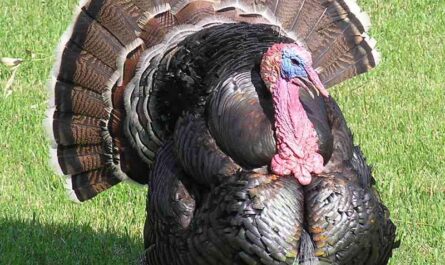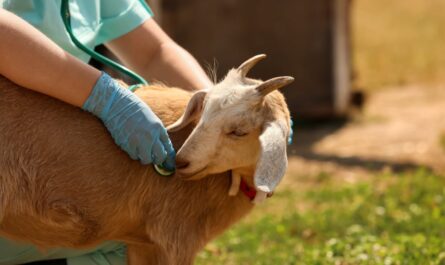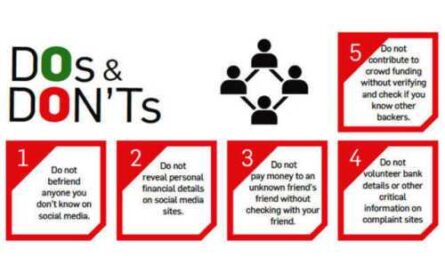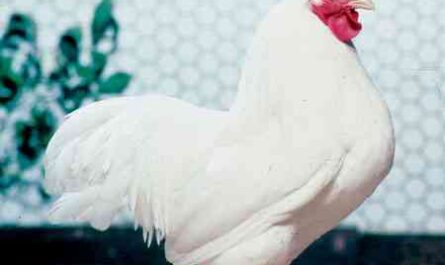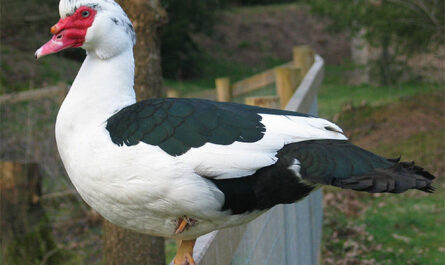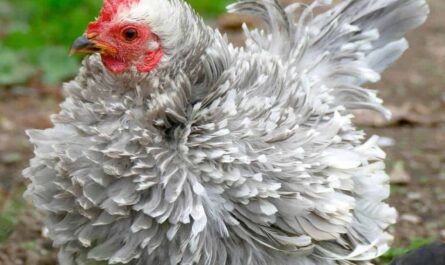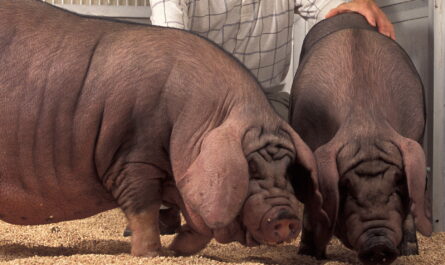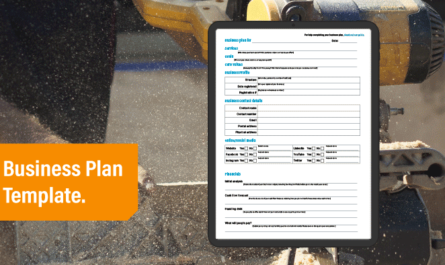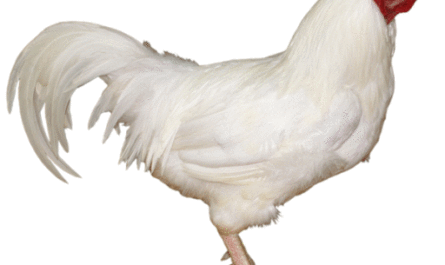Sterilizing a chicken coop before introducing new chicks or chicks is a big help in keeping your birds healthy and disease free. Chickens can carry different types of bacteria and fungi, which can be passed from chicken to chicken and sometimes throughout the barn and farm.
If one of the chicks in the flock becomes ill in any way, it can quickly spread the disease among the birds. This can cause serious health problems or even death for some birds.
Thus, sterilization of the chicken coop is very important to keep the chickens healthy and prevent the spread of diseases. Learn more about how to sterilize a chicken coop below.
Steps of chicken coop sterilization
The disease spread rapidly among poultry, especially young chickens. Therefore, before introducing new chickens into the chicken coop, thoroughly sterilize the chicken coop. Also sterilize the chicken coop after the chickens get sick.
Sterilize your chicken coop regularly. You should sterilize your chicken coop at least once a year, even if you don’t have any new or sick chickens.
Remove all chicks from the coop during spaying and store them in a safe place. Keep sick chicks in a safe place away from healthy chicks.
Clean the chicken coop
Before sterilizing the chicken coop, remove all disposable items, consumables and debris from the chicken coop. Completely empty the containers.
You can use a shovel to remove manure and dirt contaminated with bodily fluids. Thoroughly clean the coop to remove as much potentially infested material as possible.
Choice of disinfectant
You must use a high quality disinfectant to sterilize your chicken coop. You can use bleach as it is very effective in killing germs and bacteria and does not contain harsh chemicals.
Use vinegar to disinfect your coop without exposing your bird to dangerous chemicals. Be very careful when sterilizing a chicken coop if one of your chickens is sick.
In this case, follow the advice of a specialist or consult your nearest veterinarian for a suitable sterilization system. Always use a specific disinfectant based on the specific bacteria or disease you are trying to get rid of in your coop.
Accessories / equipment for sterilization poultry houses
Remove all poultry equipment from the barn and store it elsewhere, away from the barn. Remove all cooking utensils, water containers, toys, etc. from the chicken coop.
Gather all of these items in a designated area and rinse thoroughly with a garden hose to remove as much dirt and disease as possible. You can also soak these items in a disinfectant bath.
Depending on the size of the items, soak them for at least 30 minutes before removing them from the sanitizer and drying them completely. Use a disinfectant spray if it’s too big to soak in the tub.
Cover the items completely with the sanitizer and allow it to sit for at least 30 minutes, then rinse it and let it dry. After you finish the whole process and dry the items, you can put them back in the coop.
Chicken coop sterilization
Use a garden hose and spray the inside of the coop thoroughly. Try to remove as much dirt and debris as possible. Remove dirt wherever it is stuck with a scrub brush.
After this first rinse, you are ready to start sterilizing your chicken coop. Pour the disinfectant into a spray bottle and spray liberally around and inside the coop.
Be sure to cover every inch of the coop floor, walls and ceiling. Never use a clothes dryer to dry the disinfectant. Instead, let the sanitizer dry naturally and never wipe or rinse off the sanitizer before it dries.
Once the chicken coop is completely dry, you can replace bedding and other disposable chicken coop items with new materials.
Spaying your chicken coop regularly helps keep your chicks healthy, productive and disease-free. A broiler house needs to be sterilized more often than a layer house. However, do this process regularly and ensure a healthy environment for your chickens.
